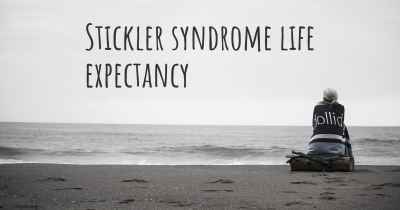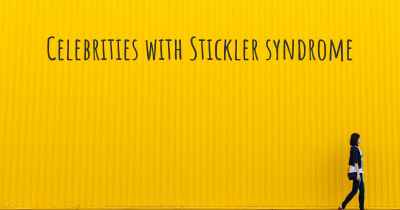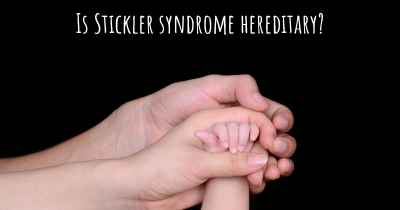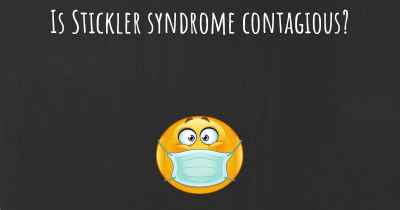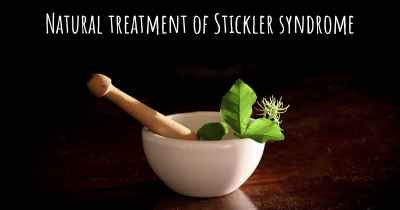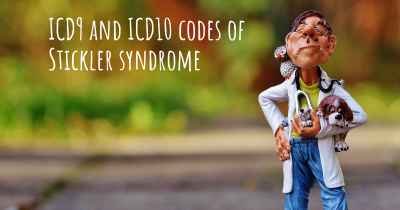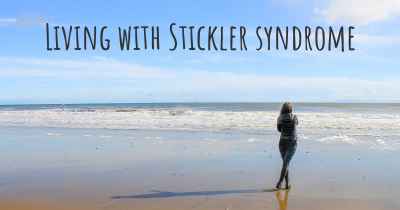Which are the causes of Stickler syndrome?
See some of the causes of Stickler syndrome according to people who have experience in Stickler syndrome
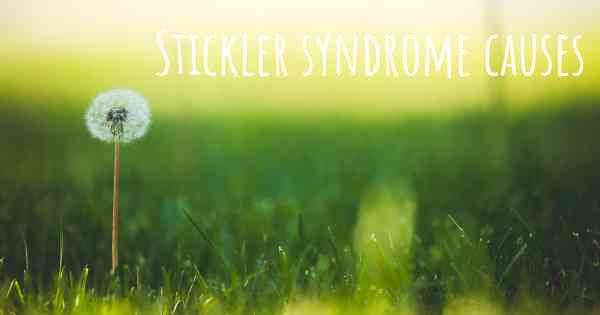
Stickler syndrome is a rare genetic disorder that affects connective tissues in the body. It is characterized by a range of symptoms that can vary in severity from person to person. Stickler syndrome is caused by mutations in certain genes that are involved in the production of collagen, a protein that provides strength and structure to various tissues in the body.
Collagen is a crucial component of connective tissues, including those found in the joints, eyes, ears, and skeleton. It plays a vital role in maintaining the integrity and elasticity of these tissues. In individuals with Stickler syndrome, the mutations in the genes responsible for collagen production lead to abnormal collagen formation, resulting in the characteristic features and symptoms of the condition.
There are several genes that have been associated with Stickler syndrome, including COL2A1, COL11A1, COL11A2, and COL9A1. Mutations in these genes can be inherited in an autosomal dominant or autosomal recessive manner, depending on the specific gene involved. Autosomal dominant inheritance means that an affected individual has a 50% chance of passing the mutation on to each of their children, while autosomal recessive inheritance requires both parents to carry a copy of the mutated gene.
The specific genetic mutations in Stickler syndrome can vary among individuals, which contributes to the variability in symptoms and severity. However, the underlying mechanism remains the same - the abnormal collagen production and structure.
Some of the common features associated with Stickler syndrome include:
- Ocular abnormalities: Individuals with Stickler syndrome often have myopia (nearsightedness) and are at an increased risk of developing retinal detachments. These eye problems can lead to vision impairment or even blindness if not managed properly.
- Hearing loss: Sensorineural hearing loss is a common symptom of Stickler syndrome. It can range from mild to severe and may require hearing aids or other interventions to improve hearing.
- Joint problems: Joint hypermobility and early-onset osteoarthritis are frequently observed in individuals with Stickler syndrome. These issues can cause joint pain, stiffness, and reduced mobility.
- Cleft palate: Some individuals with Stickler syndrome may have a cleft palate, which is a split or opening in the roof of the mouth. This can lead to difficulties with feeding, speech, and dental problems.
- Facial abnormalities: Certain facial features, such as a flat nasal bridge, small chin, and prominent eyes, are commonly seen in individuals with Stickler syndrome.
- Skeletal abnormalities: Stickler syndrome can affect the development of bones, leading to abnormalities such as scoliosis (curvature of the spine), kyphosis (excessive outward curvature of the upper back), and other skeletal deformities.
It is important to note that the severity and combination of symptoms can vary widely among individuals with Stickler syndrome. Some individuals may only experience mild symptoms, while others may have more significant medical issues that require ongoing management and treatment.
Diagnosis of Stickler syndrome typically involves a thorough clinical evaluation, including a detailed medical history, physical examination, and specialized tests. Genetic testing can also be performed to identify specific mutations in the associated genes.
While there is currently no cure for Stickler syndrome, treatment focuses on managing the symptoms and associated complications. This may involve a multidisciplinary approach, including regular eye and ear examinations, hearing aids, speech therapy, orthopedic interventions, and genetic counseling for affected individuals and their families.
In conclusion, Stickler syndrome is a genetic disorder caused by mutations in genes involved in collagen production. These mutations lead to abnormal collagen formation, affecting various connective tissues in the body. The syndrome is characterized by a range of symptoms, including ocular abnormalities, hearing loss, joint problems, cleft palate, facial abnormalities, and skeletal abnormalities. The severity and combination of symptoms can vary among individuals. Diagnosis involves clinical evaluation and genetic testing. While there is no cure, treatment focuses on managing symptoms and associated complications.
Posted Mar 9, 2017 by Lara 1003
Posted Mar 9, 2017 by Agustin y Juan 1000
Posted Mar 21, 2017 by Scott 1000
Posted Nov 18, 2018 by Carl 1800
